




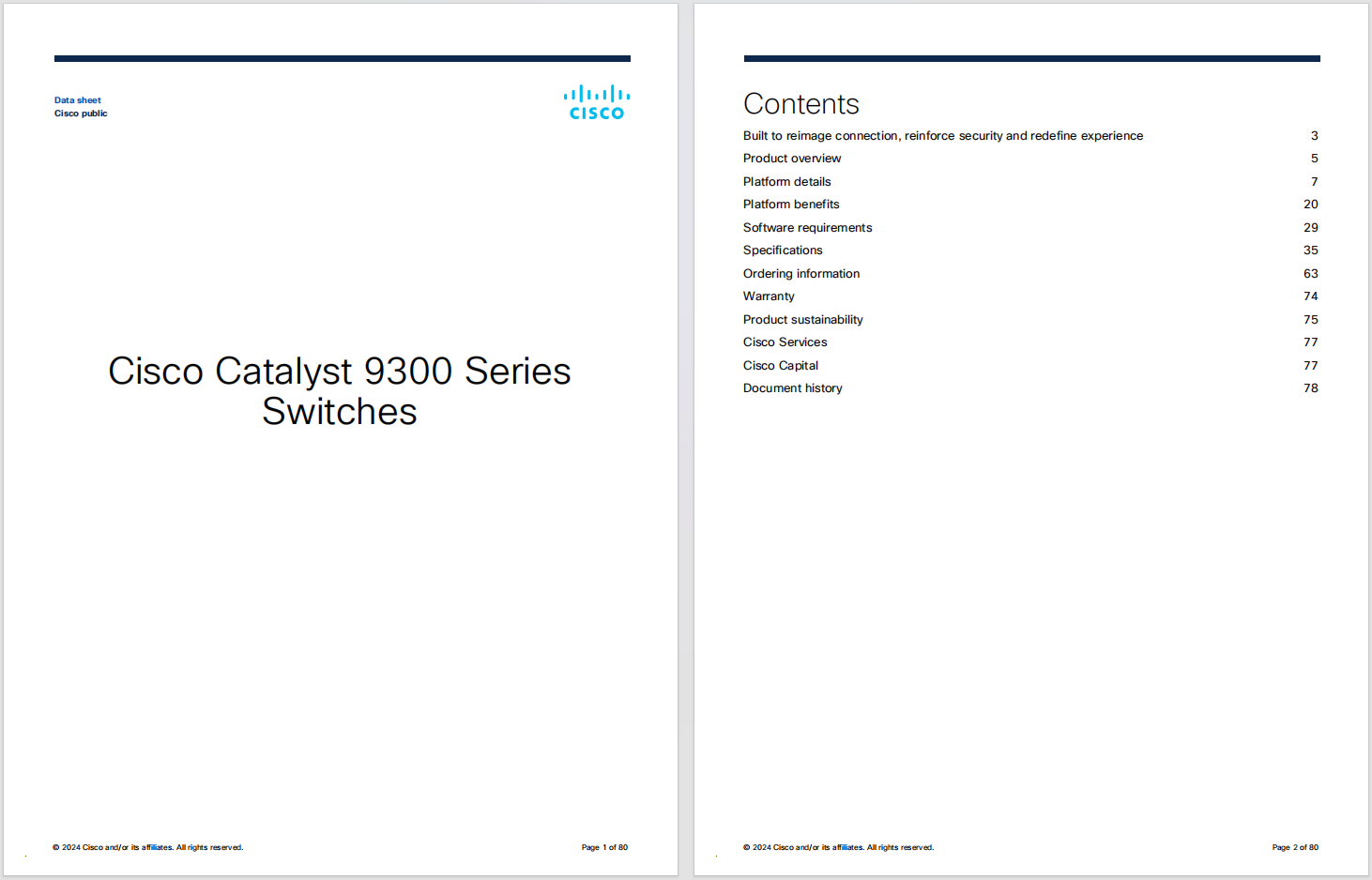



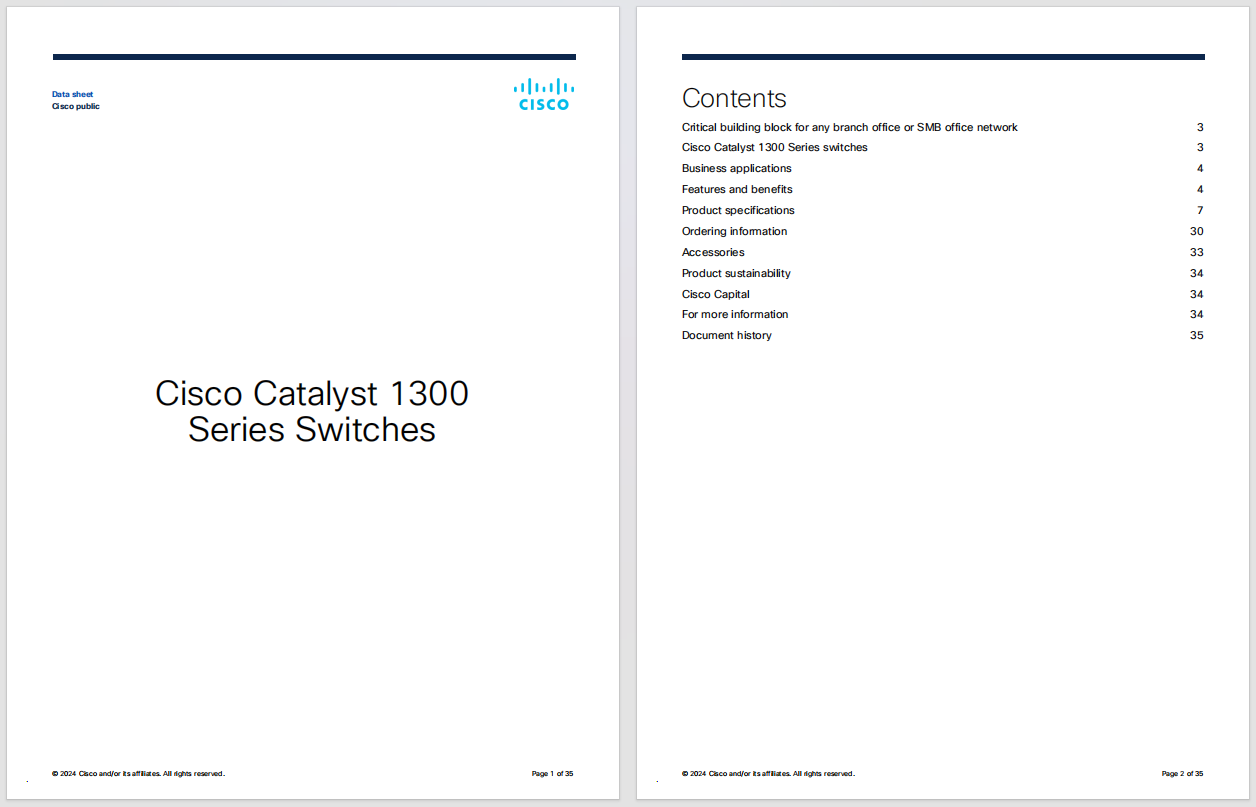
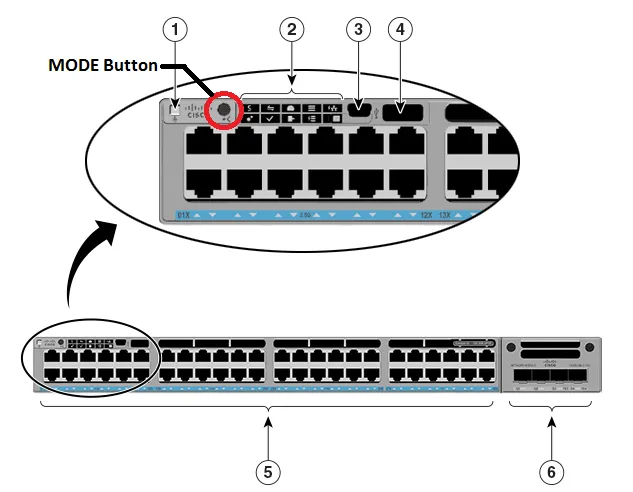





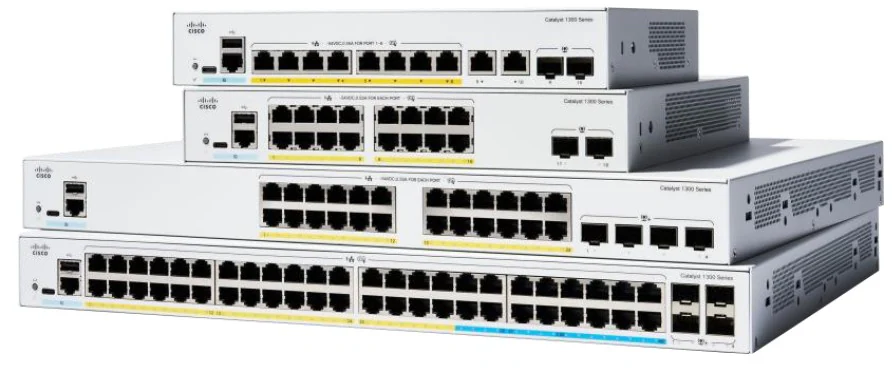



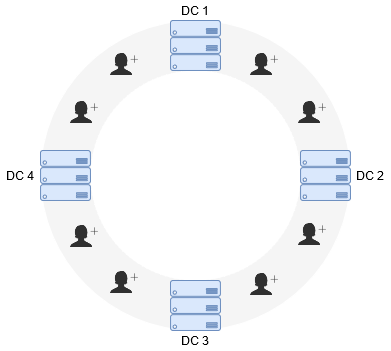




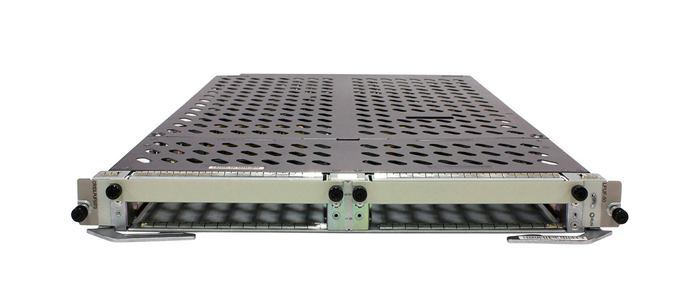
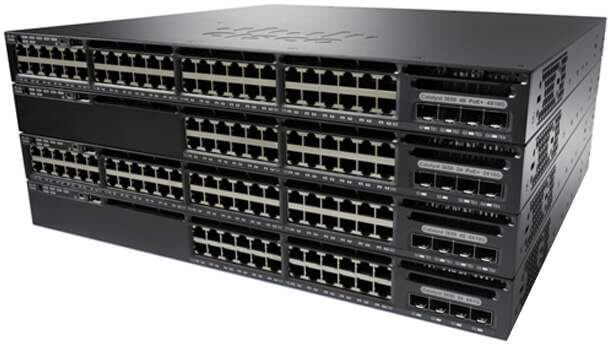
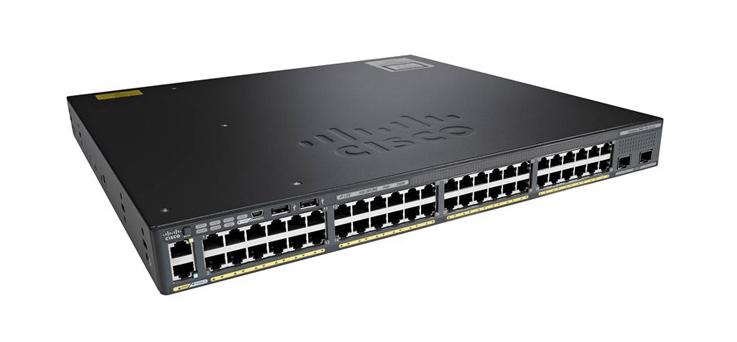


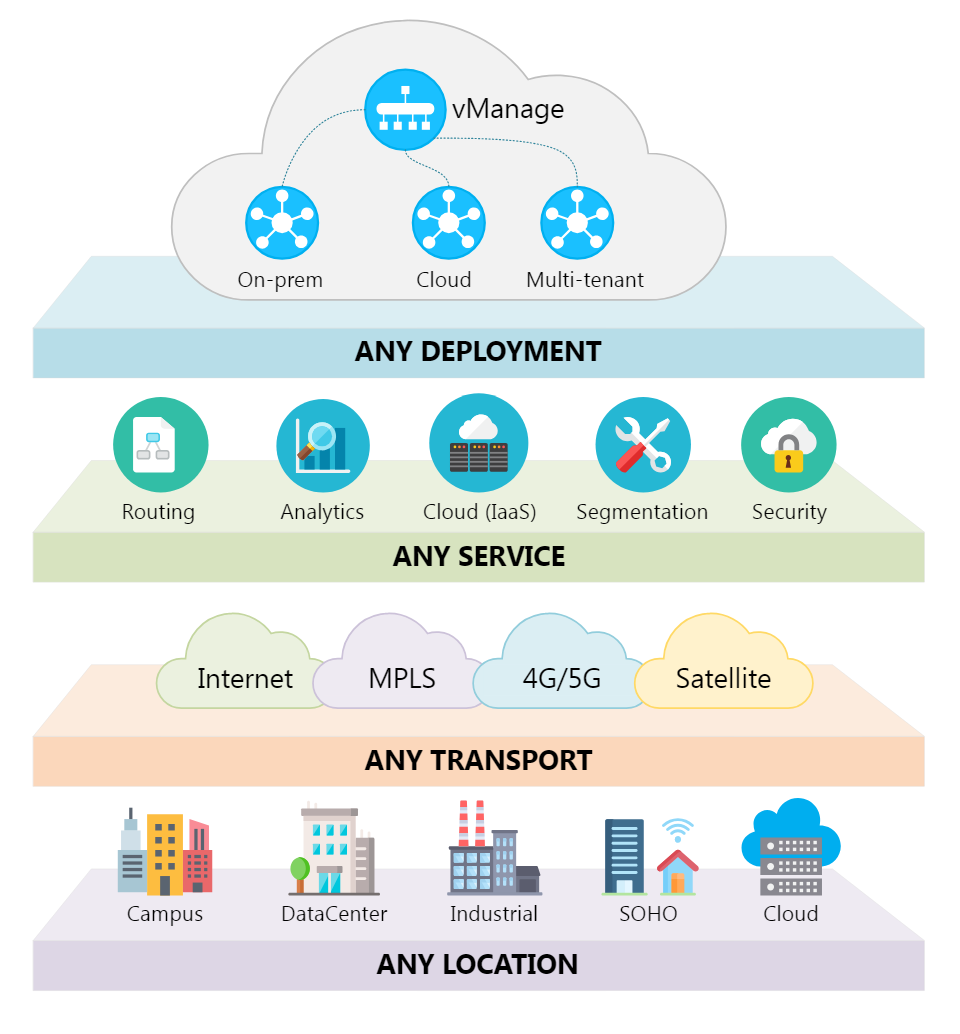
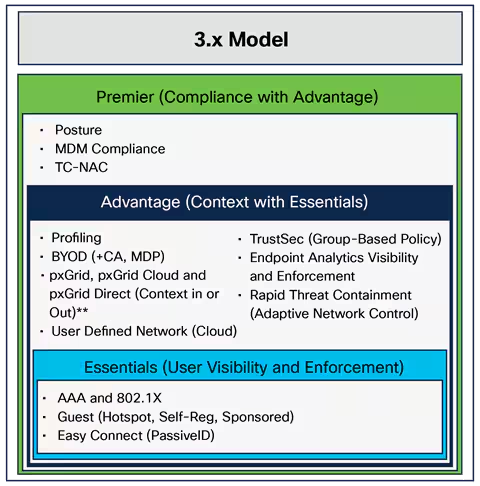

It's been known for some time that CentOS 7 is going away. Unfortunately, there are businesses around the globe still using the operating system. But when June 30th hits, official support for the platform ends. That end date means there will be no more official OS or security updates from the usual channels.
If you work for a business that depends on the final non-CentOS Stream version of the operating system, what can you do? Fortunately, there are options.
Also: Thinking about switching to Linux? 10 things you need to know
First, you could migrate CentOS 7 to one of the alternative options, such as Red Hat Enterprise Linux, SUSE Linux Enterprise, or Oracle Linux. If you don't want to pay the price for one of those options, there's always AlmaLinux or Rocky Linux. AlmaLinux and Rocky Linux offer migration paths from CentOS 7, so you don't have to lose your data or deploy a server from square one.
Second, you could migrate away from CentOS and switch to Ubuntu Server. This change might not be the best option for companies deeply entrenched in the CentOS way of working.
Finally, there is a third option. SUSE recently announced SUSE Liberty Linux Lite, which your CentOS 7 server support can continue to use (for a cost). This new service protects CentOS 7 from future vulnerabilities via updates and security patches.
Also: Sparky Linux is a blazing-fast distro that can keep your older machines running for years
Now, costs: 200 subscriptions for SUSE Liberty Linux Lite are$2,500 and 1,000 subscriptions are$20,000. The$2,500 option is the minimum, so this is a fairly pricey path. You can read more about SUSE Liberty Linux Lite on the official announcement.
If I had to deal with the CentOS 7 end-of-life issue, I'd most likely migrate to AlmaLinux. This shift turns your CentOS 7 machine into an AlmaLinux machine.
You can move from CentOS 7 to AlmaLinux 8 and then from 8 to 9, ensuring you have the most up-to-date version.
Also: Why I use the Linux tree command daily - and what it can do for you
I highly recommend you test this transfer out on a non-production machine before diving into the process on a device your company depends on. The migration process requires several commands, which are:
The last command in that list will let you know if it's possible to continue with the upgrade. If you get the OK, issue the final two commands:
Once you've dealt with that process, you can migrate to AlmaLinux 9.
 Tags chauds:
technologie
Tags chauds:
technologie